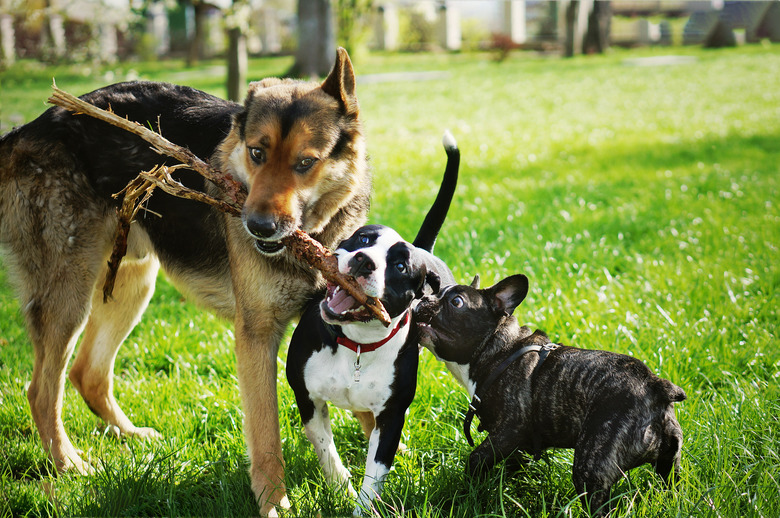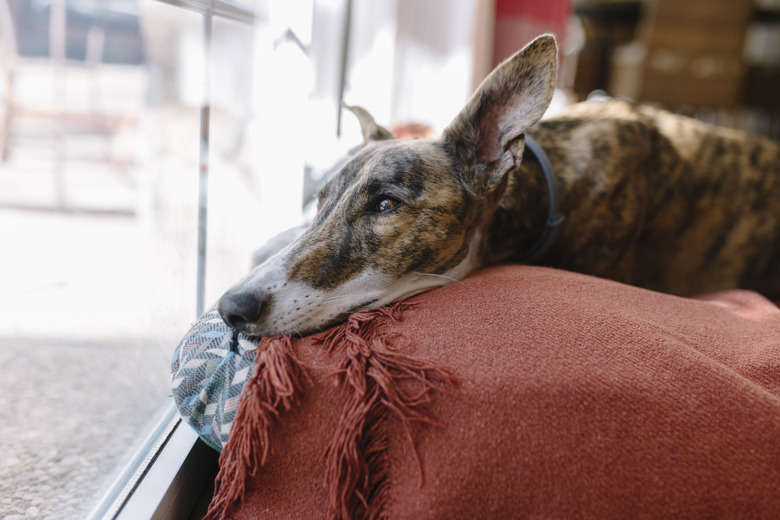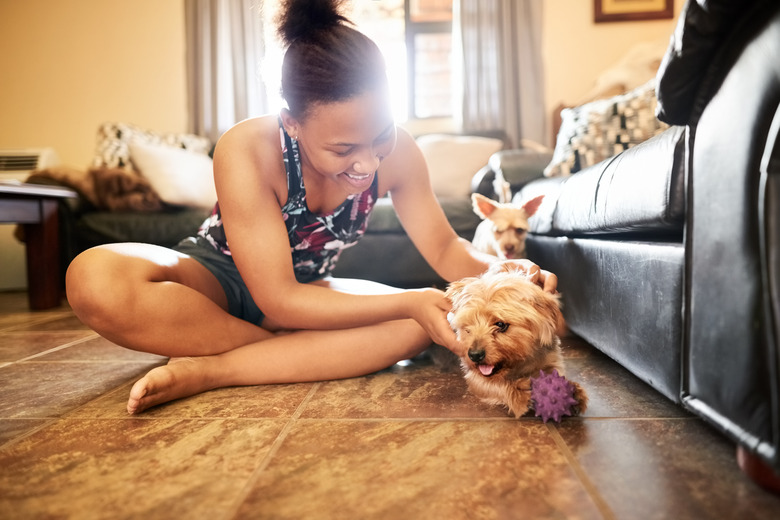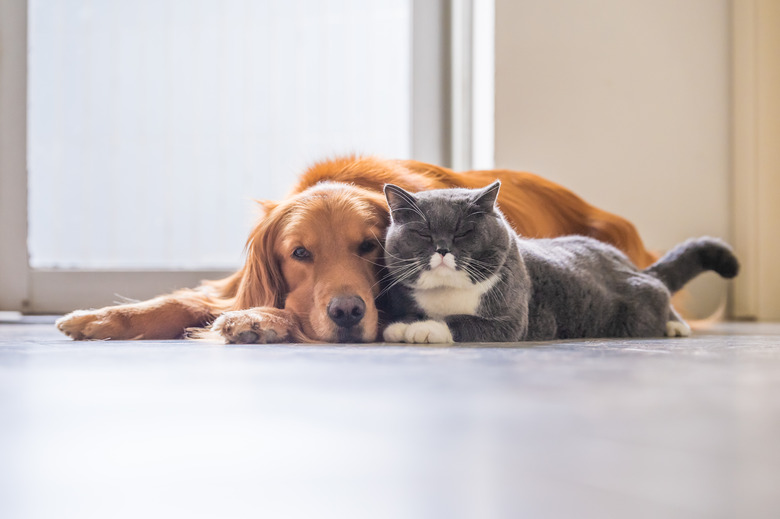What's The Best Kind Of Dog To Get If I Already Have Pets?
Adding a new dog to a home with other pets can be a wonderful thing for everyone involved, and may result in best playmates for life. Like any relationship or collaborative effort, those involved should be able to tolerate each other, and ideally, prefer the company of the other. If you already have pets in your home, adding a dog should be done with consideration for the existing pets, and the potential new companion. Temperament, age, and personality all play a part in successful relationships of any species.
Knowing a dog’s category type
Knowing a dog's category type
First things first: there are no dog breeds that are or are not guaranteed to exhibit a specific set of personality traits, so finding the best dog for your home will depend on you, and the specific dog in question.
The idea that all dogs of a certain breed are unfriendly with other dogs is simply not true across the board. However, there are certain categories of dogs who may be genetically predetermined to hunt a small moving animal. These dogs are commonly used as hunting companions, and include spaniels, hounds, and terriers. Sighthounds, which are tall, slender dogs with strong back legs, are known for their fast speeds and ability to spot prey far away thanks to their long snouts. Scent hounds, which are known for having astute sniffers, are usually short and stocky, and aren't so much chasers, but can root out an animal.
Not every dog in these categories is guaranteed to chase your cat up a tree or harass your pet rabbit, but it's important to do your best to understand the dog you are bringing home. Often, dogs who fall into these categories may ask for an "experienced handler," or someone familiar with the needs of the dog and who is able to meet that need while setting appropriate boundaries. Finding out whether a dog is a good choice to add to your pack should take some research, introductions, and patience.
How to find the best fit
How to find the best fit
As with any other major purchase or life-changing addition to your home and family, the most successful outcomes come with doing some preliminary research. One thing you'll want to consider before adding a dog to a multi-pet household is the lifestyle of everyone in the home, humans included. Senior pets or pets with limited mobility will likely not prefer a dog with a high energy level, and if the people in that home aren't willing or able to meet that dog's physical needs, it could lead to a frustrating existence for everyone.
You can also inform the adopter about your lifestyle, how many people are in the home, and what kind of animals are in the home, and see if they point you toward some dogs who they think may be good fits. Some dogs, especially dogs in foster care, are sometimes dog, cat, and kid tested as well,
Before you bring a new pet into your home, you'll want to do an introduction of any animals who are already in the home and who will be in regular contact with your latest addition. Many shelters and rescues insist on introductions before adopting a dog into a multi-pet home, which can prevent stress, accidents, and possibly having to surrender the pet if things don't work out.
Introducing a new pet
Introducing a new pet
Before you introduce your potential new companion to any pets, you'll want to familiarize yourself with canine body language. This can help you determine whether the animals are feeling fearful, stressed and agitated, or happy, curious and playful. Generally, a friendly dog will exhibit a neutral gaze and a relaxed body, and may even bow to initiate play.
Dogs should ideally be introduced on neutral territory, with supervision at all times. Sometimes, taking a walk around the block together can alleviate any stress or tension. Allow the dogs to sniff each other, and do you best to not hover or obsess as they feel each other out, which can add more anxiety.
Introducing a smaller animal, like a cat, will likely take place in the home, and should also be supervised. Unlike introducing dogs, canine and feline intros should take place slowly and over a period of time, like throughout the week. Acclimating them to their own daily routines, together, can establish a sense of normalcy, which can be done by feeding them at the same time on opposite sides of a closed or screened door. For your cat's happiness and safety, always be sure she can access a dog-free room in case she needs to retreat, be that because of an incident or if she simply needs a little time to herself. While the pair are still getting to know one another around the house, you can try leaving the dog's leash hooked to her collar but dragging, in case you need to grab or step on it to restrain him with little notice.
The bottom line
The bottom line
Adding a dog to a home with pets can be done in many cases, assuming your existing pets have tendencies to enjoy the company of other animals. Certain categories of dogs, like hunting breeds, should be carefully considered before adding to a home with small animals, but it can be done in the right circumstances. Before you add any new dog to your home, be sure to properly, introduce him to any pets, and allow everyone the time and space it takes to become acclimated comfortably.



